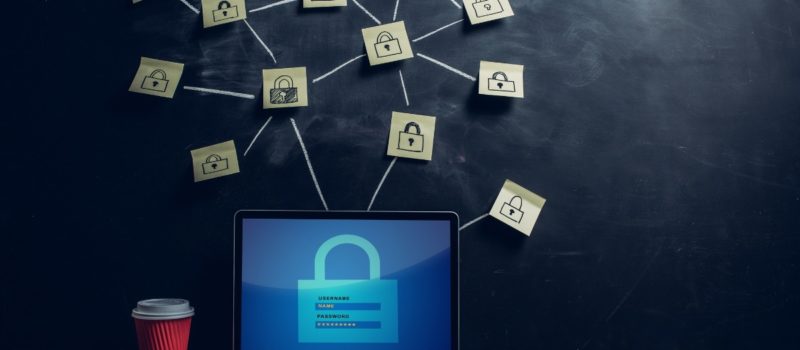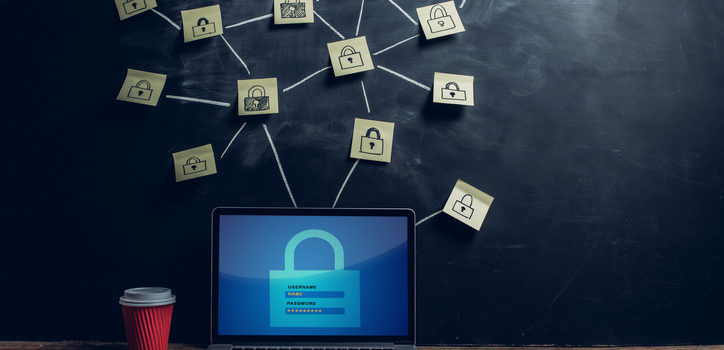Email communication remains one of the most widely used methods for exchanging sensitive information, but without proper security measures, it can leave your data vulnerable to breaches. Encrypting your emails ensures that only the intended recipient can access your message, protecting confidential information from unauthorized access.
With Microsoft 365, sending an encrypted email is not only straightforward but also essential for safeguarding your communications. Learning how to send encrypted email helps protect your business, maintain compliance with data protection regulations, and foster trust in your communication practices.
In this guide, we’ll walk you through the process step-by-step, ensuring you can secure your emails with confidence.
Quick Takeaways
- Encrypting emails ensures that confidential information remains secure and inaccessible to unauthorized parties.
- With tools like Office Message Encryption (OME) and S/MIME, Microsoft 365 provides customizable solutions for secure email communication.
- Microsoft 365 makes it easy to encrypt emails with just a few steps, whether using the desktop app or web access.
- Regular updates, employee training, and clear recipient instructions are essential for maximizing the benefits of encrypted emails.
Why Email Encryption Matters
Email encryption is essential to ensure secure communication. Without encryption, emails can be intercepted during transmission, exposing sensitive information to unauthorized access. For businesses handling confidential data, the consequences of such breaches can be severe—ranging from financial losses to compliance violations.
Key benefits of email encryption include:
- Data Protection: Encrypting emails ensures that sensitive information, such as financial details, legal documents, or personal data, remains inaccessible to unauthorized parties.
- Regulatory Compliance: Many industries require secure email practices to comply with standards like HIPAA, GDPR, or FINRA. Encryption demonstrates a commitment to meeting these requirements.
- Reduced Risk of Cyber Threats: Encrypted emails make it significantly harder for cybercriminals to exploit intercepted messages.
Microsoft 365 provides powerful encryption tools, enabling businesses to protect their communications efficiently and reliably.
Types of Encryption Available in Microsoft 365
Microsoft 365 offers several encryption methods tailored to various security needs, ensuring comprehensive protection for email communication:
Office Message Encryption (OME)
OME enables users to send encrypted emails to anyone, regardless of the recipient’s email provider. With user-friendly access through secure links, this option is ideal for sharing sensitive information with external parties.
S/MIME Encryption
This advanced encryption method relies on digital certificates to encrypt and authenticate emails. S/MIME ensures that only recipients with the corresponding private key can decrypt the message. It’s an excellent choice for internal communications requiring an additional layer of security.
TLS Encryption
Transport Layer Security (TLS) encrypts email connections during transmission. While it doesn’t protect the email’s content after delivery, TLS prevents unauthorized interception during the sending process.

Understanding these options is the first step in mastering how to send encrypted email in Microsoft 365. By choosing the appropriate method, businesses can customize their encryption approach to meet their unique security needs.
Step-by-Step Guide to Sending Encrypted Emails in Microsoft 365
Sending an encrypted email in Microsoft 365 is a straightforward process. Follow these steps to ensure your communications remain secure:
- Open Microsoft Outlook or Outlook Web Access (OWA): Begin by launching the desktop or web-based version of Microsoft 365 Outlook.
- Compose a New Email: Click on “New Email” to start drafting your message. Fill in the recipient’s email address, subject, and body content as you normally would.
- Access the Encryption Settings: In the Outlook desktop app, navigate to the “Options” tab in the email toolbar and select “Encrypt.” In Outlook Web Access, click the “Encrypt” button located above the email composition area.
- Choose Your Encryption Method: Select the appropriate encryption option, such as:
- Encrypt-Only: Encrypts the message without restricting actions like forwarding.
- Do Not Forward: Encrypts the message and prevents it from being forwarded or copied.
- Send Your Encrypted Email: Once you’ve selected the encryption settings, click “Send.” The recipient will receive instructions to securely view the email if they are external to your organization.

By following these steps, you can quickly learn how to send encrypted email using Microsoft 365, protecting your sensitive communications with ease.
Tips for Managing Encrypted Emails
To maximize the effectiveness of encrypted emails, consider the following best practices:
- Regularly Update Your Security Settings: Ensure Microsoft 365 is configured with the latest security updates and encryption policies. Regular updates reduce vulnerabilities and enhance protection.
- Educate Employees: Provide training on how to send and manage encrypted emails. Ensuring your team understands encryption protocols helps minimize human error.
- Inform Recipients of Encryption Requirements: External recipients may require instructions on accessing encrypted emails. Include clear guidance to streamline the process.
- Use Encryption Judiciously: While encryption is valuable, it’s best applied to emails containing sensitive data such as contracts, personal information, or financial records.
These tips will help you manage encrypted emails effectively, ensuring secure and seamless communication across your organization. By taking these proactive steps, you’ll further enhance your understanding of how to send encrypted email and make it an integral part of your email strategy.
Secure Your Emails Today with Intermedia
Email encryption is a critical tool for protecting sensitive communications and maintaining compliance with security standards. Microsoft 365 makes the process simple and accessible, empowering businesses to safeguard their data with confidence. By learning how to send encrypted email, you can enhance your organization’s security and foster trust in every interaction.
Ready to enhance your email security? Discover how Intermedia’s secure communication solutions can complement Microsoft 365 and protect your business. Schedule a demo today to explore our reliable and easy-to-use encryption tools!
February 7, 2025
Explore other posts on these topics:



